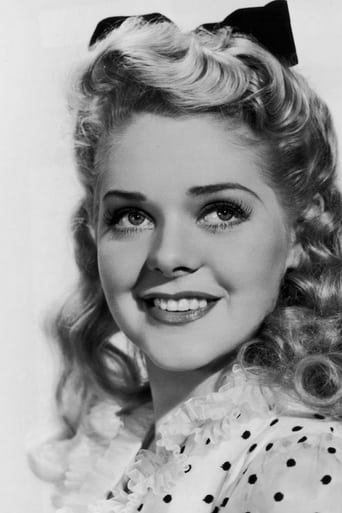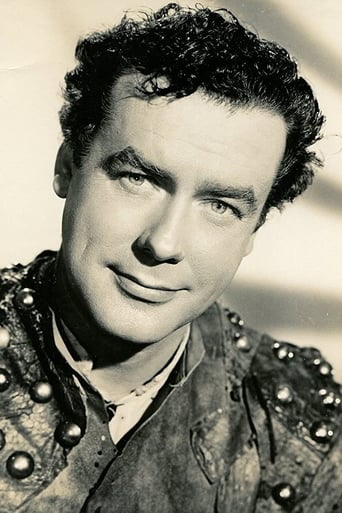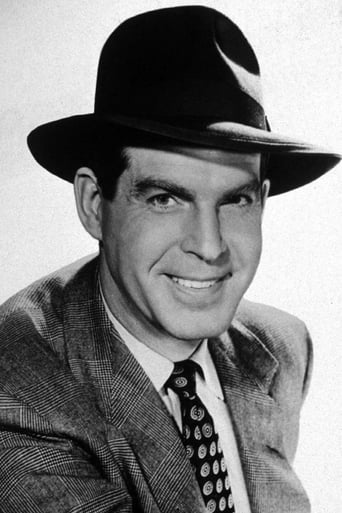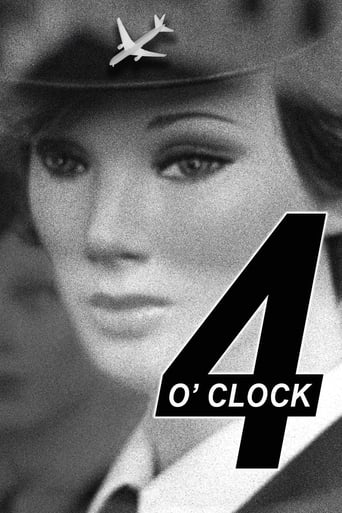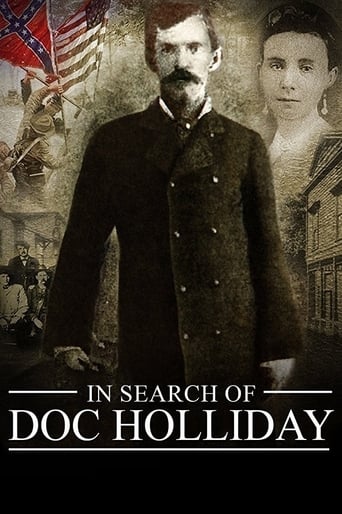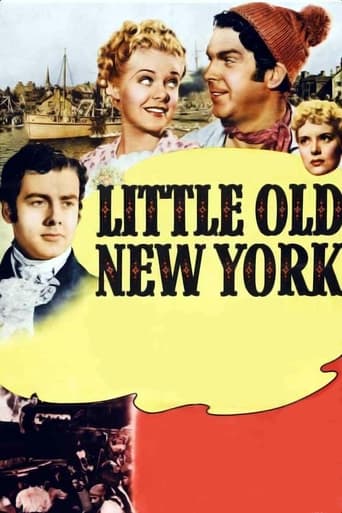
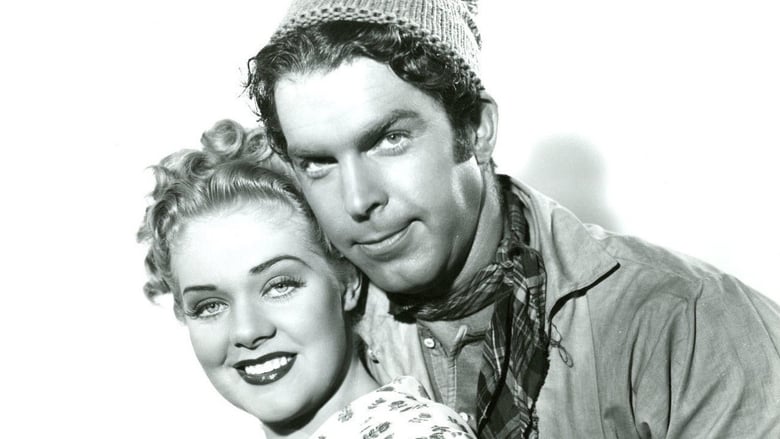
Little Old New York (1940)
Inventor Robert Fulton receives support from a tavern owner and a shipyard worker to help realize his dream of a high-powered steamboat.
Watch Trailer
Cast


Similar titles
Reviews
Charming screenplay and excellent choice of actors. A hidden gem! A mix of historical facts and persons and purely fictional events and persons, as was the norm for this period of Hollywood biopics. Thus, Robert Livingston and Nikolas Roosevelt are included among the financiers or politically influential in getting the first steamboat on the Hudson built. Harriet Livingston: niece of Robert Livingston, is also included as Fulton's(Richard Greene)fiancé(and wife, in real life). On the other hand, Charles Browne(Fred MacMurray): the man who organized the building of the hull for Fulton's boat, is fictional(I assume). Andy Devine's comical 'Commodore' character runs ferryboats out of Manhattan, having browbeaten his competition into giving up. Alice Faye's role as Pat O'Day, who runs a dockside tavern and accommodates Fulton in her rooms upstairs, is also fictional, I assume. Ward Bond plays Ragen: the chief organizer of opposition to building a steamboat, on grounds that sailors will lose their jobs if steamboats replace sailing ships. For those who like to see an occasional brawl, Fulton and Ragen tangle over Fulton's small model of his boat. Later, there is a big brawl after Fulton's model is destroyed...For those who like some comedy, there's plenty of light humor, mostly involving Alice Faye or Andy Devine, or Noah(Ben Carter, who was Alice's African American assistant. Although Alice helped Fulton in various ways and hoped to marry him, when they first met, Alice threw a wet towel at MacMurray , who ducked, it hitting Fulton in the face. Later, Alice bursts into a formal dinner hosted by Livingston with Fulton's boat model, thinking he forgot it, to everyone's amusement or embarrassment...For music, there is a group sing of the Mack Gordon-composition "Who is the Beau of the Bell of New York". There's plenty of drama at the personal level as well as relating to the steamboat. Ward organizes several sabotage operations that nearly kill the project. Then, the Embargo Act threatens to prevent the landing of the steam engine from England. There's drama relating to Fulton's attempts to get funding. Of course, there's some drama relating to the launching of the boat(like will it blow up?)Several caveats relating to the name of the boat and to the question of Fulton's priority in launching a successful steamboat are in order. The boat was originally called the North River Steamboat. Some years later, it would be called the Clermont, as it is called in this film. A full scale mockup of a replica of this boat was made for the film. Fulton did not build the first working steamboat in the US. John Fitch is generally credited with that feat. 10-20 years before Fulton's boat, he built 4 working steamboats, some of which carried passengers on the Delaware River. But, he never was able to make it a paying operation, which is what Fulton did. A few years later , Fulton launched a series of boats from Pittsburg that went down the Mississippi to New Orleans, thus opening up steam traffic in the Mississippi and Ohio basins. MacMurray's character considered the possibility that steamships might ply the oceans. He concluded that probably they wouldn't be able to carry enough fuel plus cargo to make it pay. A number of factors eventually made this practical. More powerful, more efficient, steam engines were built, coal, instead of wood was the fuel, and the adoption of the screw propeller were some of the major factors, along with hybrid sail-steam ships. My review title is derived from a query by Fulton, when he first met Harriet Livingston. I suspect this was arranged to sound like "Dr. Livingston, I presume", attributed to Stanley. The director: Henry King, had just finished directing the film "Stanley and Livingston". King had also previously directed "In Old Chicago", which also included Alice Faye. Tyrone Power and Don Ameche took the roles herein played by Greene and MacMurray.Poor Alice Faye's character wanted so much to marry a gentleman, and felt that Fulton owed her a marriage proposal for what she had done for him. But Fulton preferred the airy Harriet and the upper crust of New York society. She might have found a role as his mistress.See this B&W picture at YouTube or the DVD.
This is an incredibly fictionalized account of the work of Robert Fulton to make the first American steamship. Alice Faye, Fred MacMurray and Ward Bond are there...even though they really were inventions of the playwright to first came up with this story. As a history lesson, it comes up lacking! What follows is sort of a comic book version of history--the sort of thing that Hollywood often did in their highly fictionalize 'true stories'.So is this any good? Well, it looks nice. Twentieth Century-Fox made lovely looking films and the music and glitz are all present in this expensive production. It's also mildly entertaining...but slight. No great drama or comedy here...just another highly fictionalized film along the same lines as "In Old Chicago" and nothing more.
I only saw this film in the 1960s, and memories of it are somewhat sparse. I recall Richard Greene trying to get financing for his steamboat, and finding roadblocks by various troublemakers, mostly local sailors who realize that steam power will hurt their sail oriented business. One moment that was well handled is the burning of the original "Claremont" (the actual name of the boat was "the North River Steamboat of Claremont" - Claremont was the name of the country estate of Chancellor Robert Livingston, Fulton's backer and brother-in-law). Another moment of the film was Greene's confusing meeting with Victor Killian, introduced to him as "Mr. DeWitt" (Greene thinks it's DeWitt Clinton - Killian is actually a thug trying to create a scene in which Greene can be beaten up). Alice Faye is given a song or two to sing, and is the love interest of MacMurray (who is also momentarily jealous of Greene, but still supports the steamboat at the end).If one is really interested in the story of this invention - our first really important invention in the industrial revolution - read James Flexner's "Steamboats Come True". The actual first inventor was John Fitch, who made a successful steamboat that ran to and from Philadelphia in 1790 - 1792). Fitch was clever, but he did not know how to make a plan of the invention that could enable him to rebuild a second working steamboat. It was a hit or miss thing with Fitch. In 1798 he committed suicide in Kentucky. Besides Fitch there were other inventors (Oliver Evans, James Rumsey), but Fulton had engineering training, and was able to make patents that could be followed to repeat his invention again and again. So 1807 is the year we usually credit for the invention of the steamboat.Yet oddly enough this is the only sound film of Fulton's invention that was made in Hollywood. I suspect it is because the Claremont was a prototype that lacked the glamor of later vessels (those that plied the Mississippi River from 1828 - 1900), and that (with a few tourist exceptions) no longer matters to us. More films dealing with railway and car transportation have been made - even more about aviation and submarines. So I suspect there will never be a more solid look at Fulton's career as artist, submarine pioneer, and steamboat developer. There is another film where Fulton pops up: "Austerlitz", a French film made in the 1950s where Orson Welles appeared as Fulton trying (in 1804-05) to interest Napoleon I in his submarine. That's about it. Maybe one day a serious film on Fulton will be made. Until then we have "Little Old New York".
Richard Greene and Alice Faye are extremely likeable in this memorable movie about "Fulton's Folly" and his eventual success with the Steam Engine driven Paddle boat. An invention that changed America and contributed greatly to the prosperity of the newly independent America.It is a shame that Greene, though he did achieve some fame, did not achieve the name status his debonair looks and likeable charm deserved.Fred MacMurray, Andy Devine, Ward Bond and Fritz Feld have wonderful smaller roles. The perfect music of Alfred Newman gives each moment just the right effect and feeling.I recommend this movie even if one already knows what the ending shall bring. History told this enjoyably affords us the chance to relive the wonderful moments in the struggles necessary to bring about man's achievements.


